Hampton Bay Pavlen 5-Light 23 in. Rustic Bronze Hanging Candlestick Chandelier with Clear Glass Shades for Dining Room
Burnished, bronze finish that gives a rustic look to any room. Add 60-watt vintage bulbs to complete the rustic, industrial look. Perfect for foyers, high-vaulted bedrooms, kitchens, dining rooms.
This stunning design features a burnished bronze metal finish with clear glass shades inspired by the curved edges of a wine glass. Hanging above the dining room, living room, foyer and bedroom for the next family get together. This 5-Light Chandelier features a 23 in. Dia, a body height of 19.25 in. and an overall height of 83.5 in. It also features 60 in. of adjustable chain and uses 5 60-Watt (maximum) bulbs. The piece is pre-assembled and easy to install.
- 5-light bronze metal chandelier with clear glass shades creates a refined rustic look, ideal for any dining room, living room or foyer
- Assembled product dimensions: 23 in. L x 23 in. W x 83.5 in. H
- Adjustable height: includes 60 in. adjustable chain for an overall hanging height from 22.8 in. H to 83.5 in. H (total drop length from ceiling to bottom of fixture)
- Uses 5 E26 socket, 60-Watt or LED equivalent bulbs (not included), we suggest using vintage, filament bulbs to complete the look
- Sturdy metal in a burnished bronze finish
- Ceiling canopy measures: 5 in. D and can be mounted on level, textured or sloped ceilings
- cETLus Listed, simple assembly required, hardwire components included
Additional information
| Chain Length (in.) | 60 |
|---|---|
| Fixture Depth (in.) | 23 |
| Fixture Height (in.) | 19.25 |
| Fixture Weight (lb.) | 9.99 |
| Fixture Width (in.) | 23 |
| Maximum Hanging Length (in.) | 83.5 |
| Mounting Deck Height (in.) | 1 |
| Mounting Deck Width (in.) | 5 |
| Certifications and Listings | ETL Listed |
| Manufacturer Warranty | 1 year Limited Warranty |

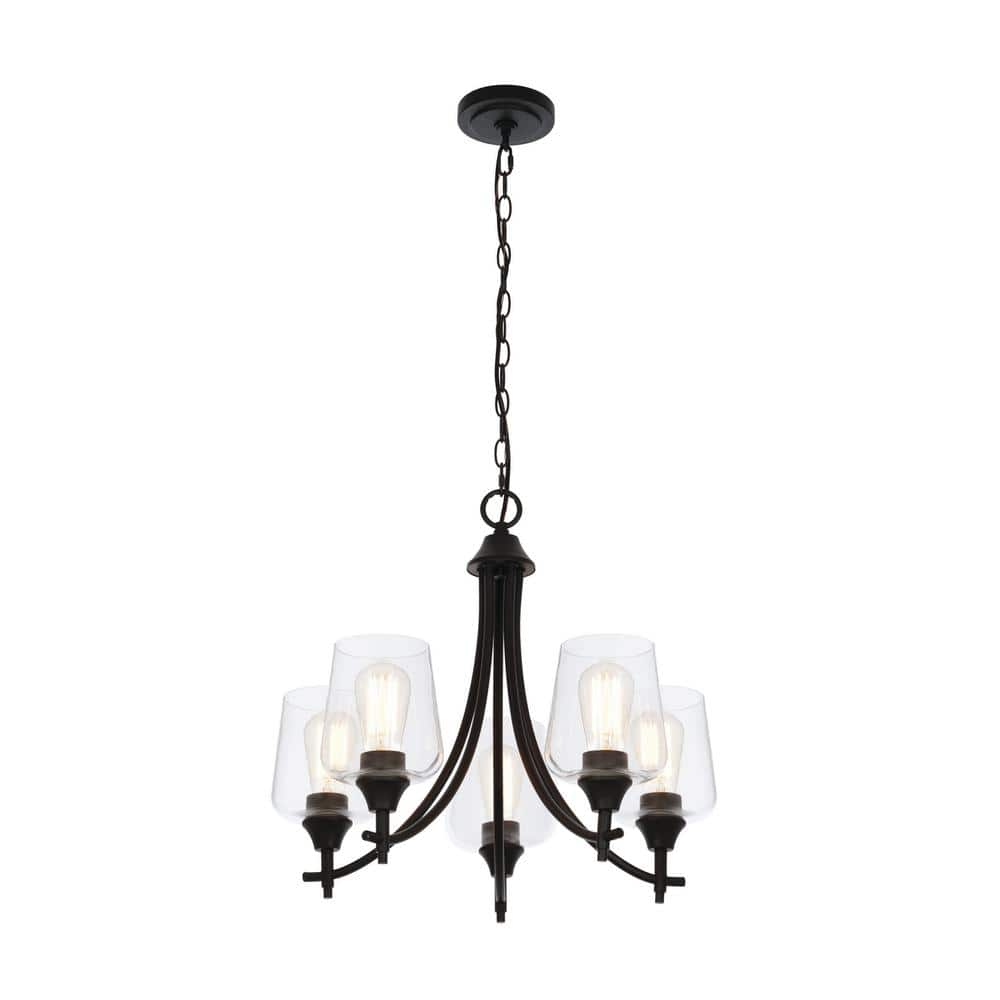
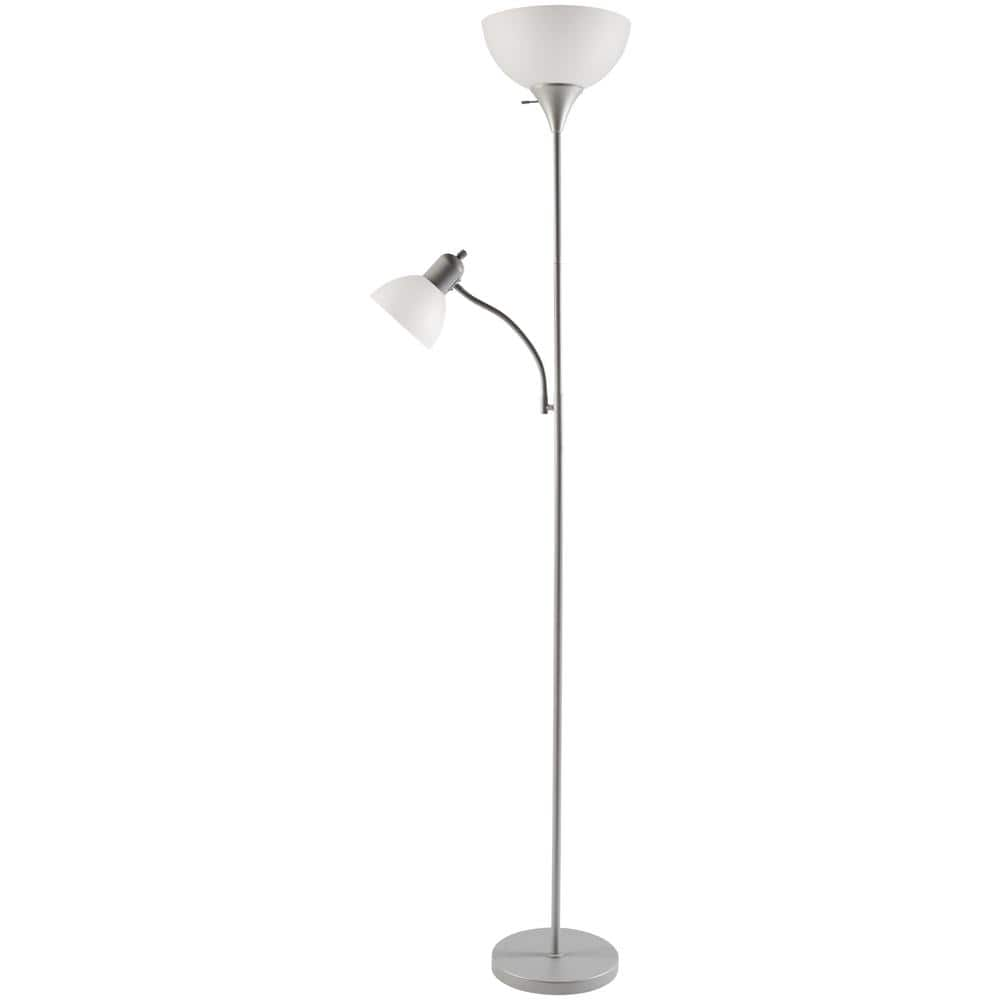
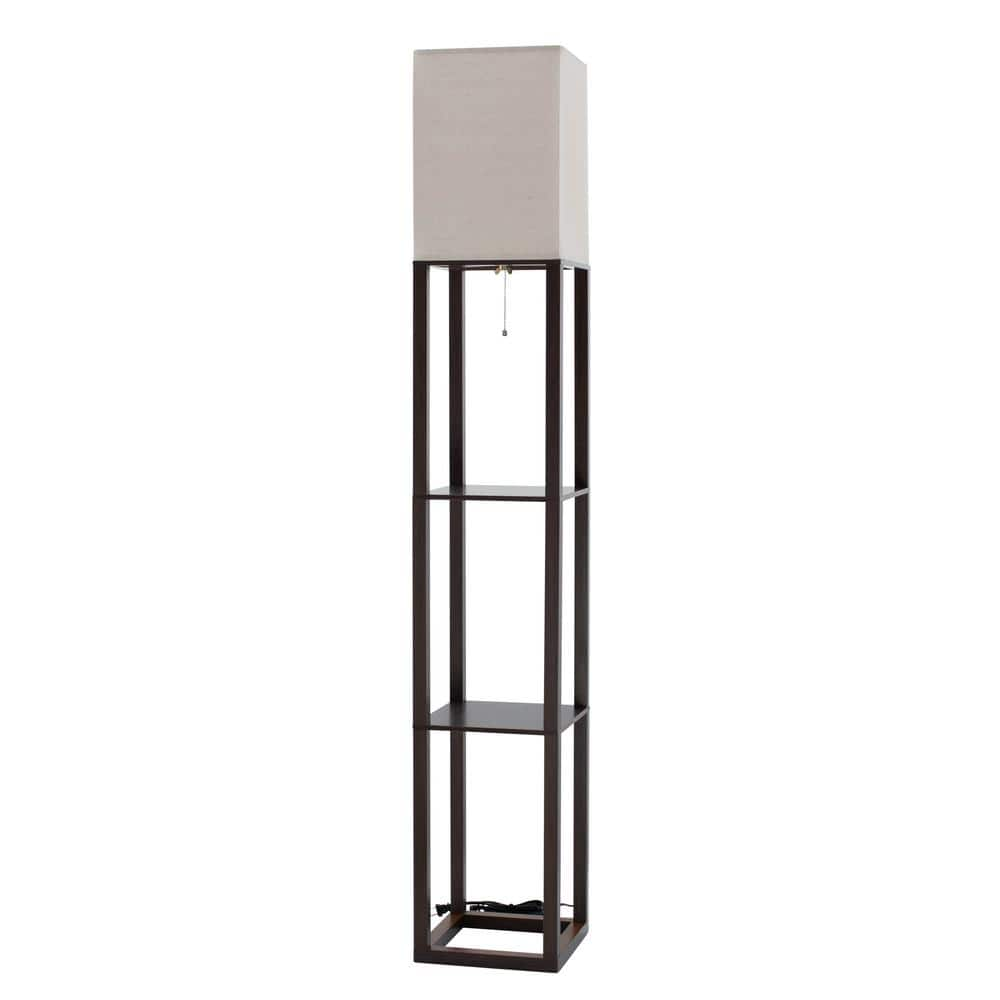
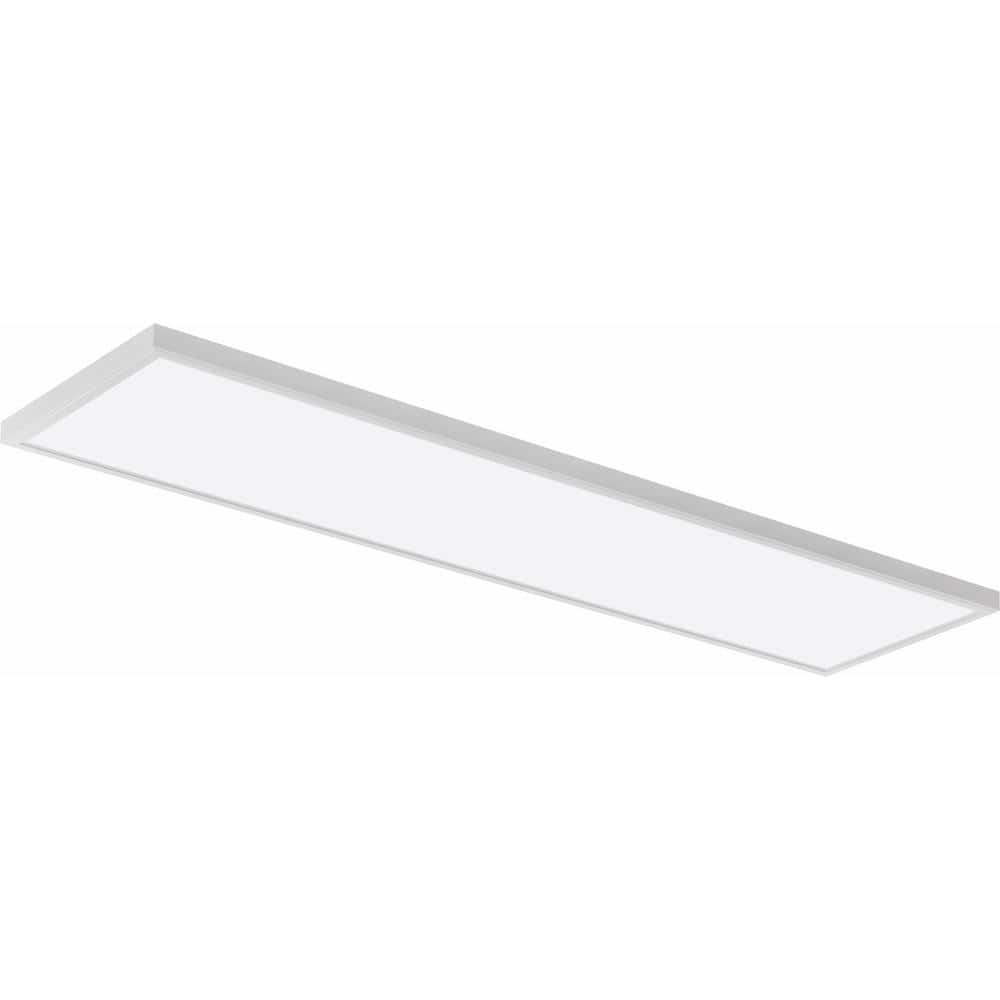
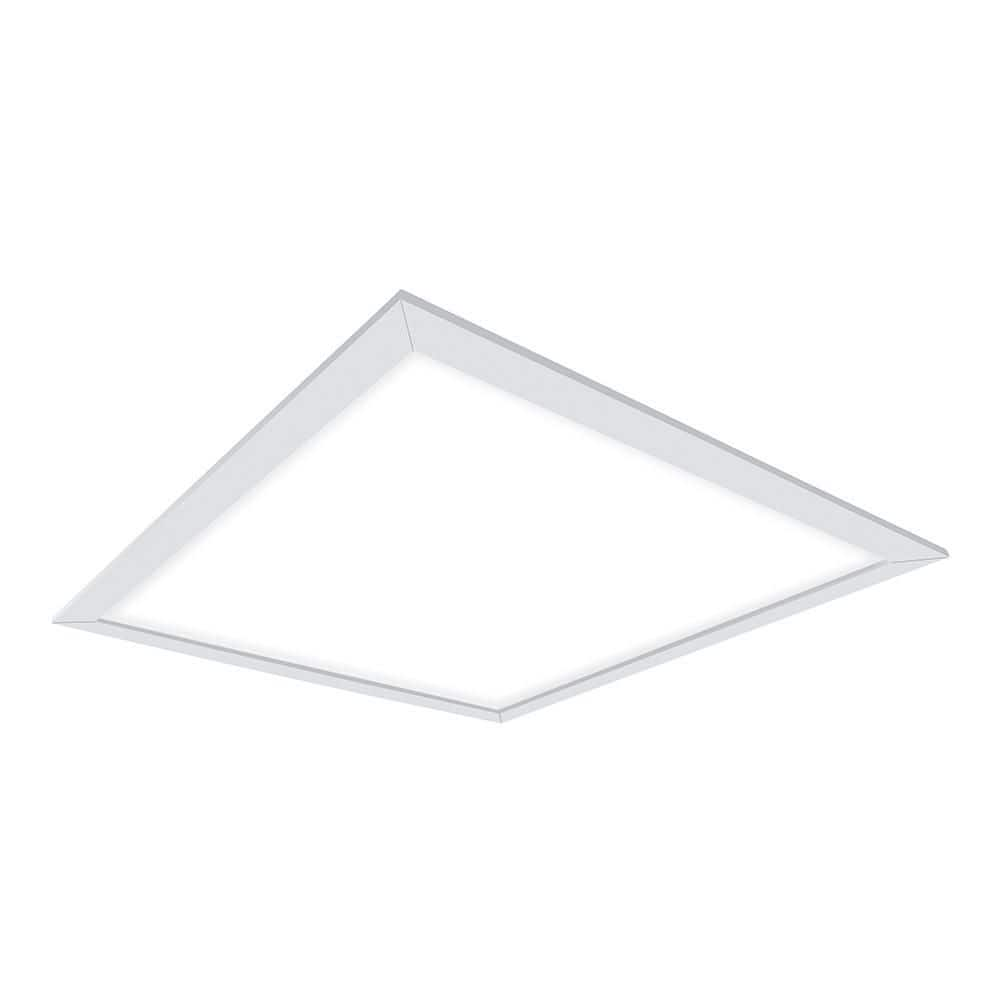
by Louis
Love the light, very beautiful in my dining room
by Gigi
The chandelier is great and fits in wonderfully over my dining room table. The only drawback is, it did not come with lightbulbs, and I had to figure out what kind of lightbulbs I could use to put the chandelier on a dimmer. After that was done, it looks great and works well.